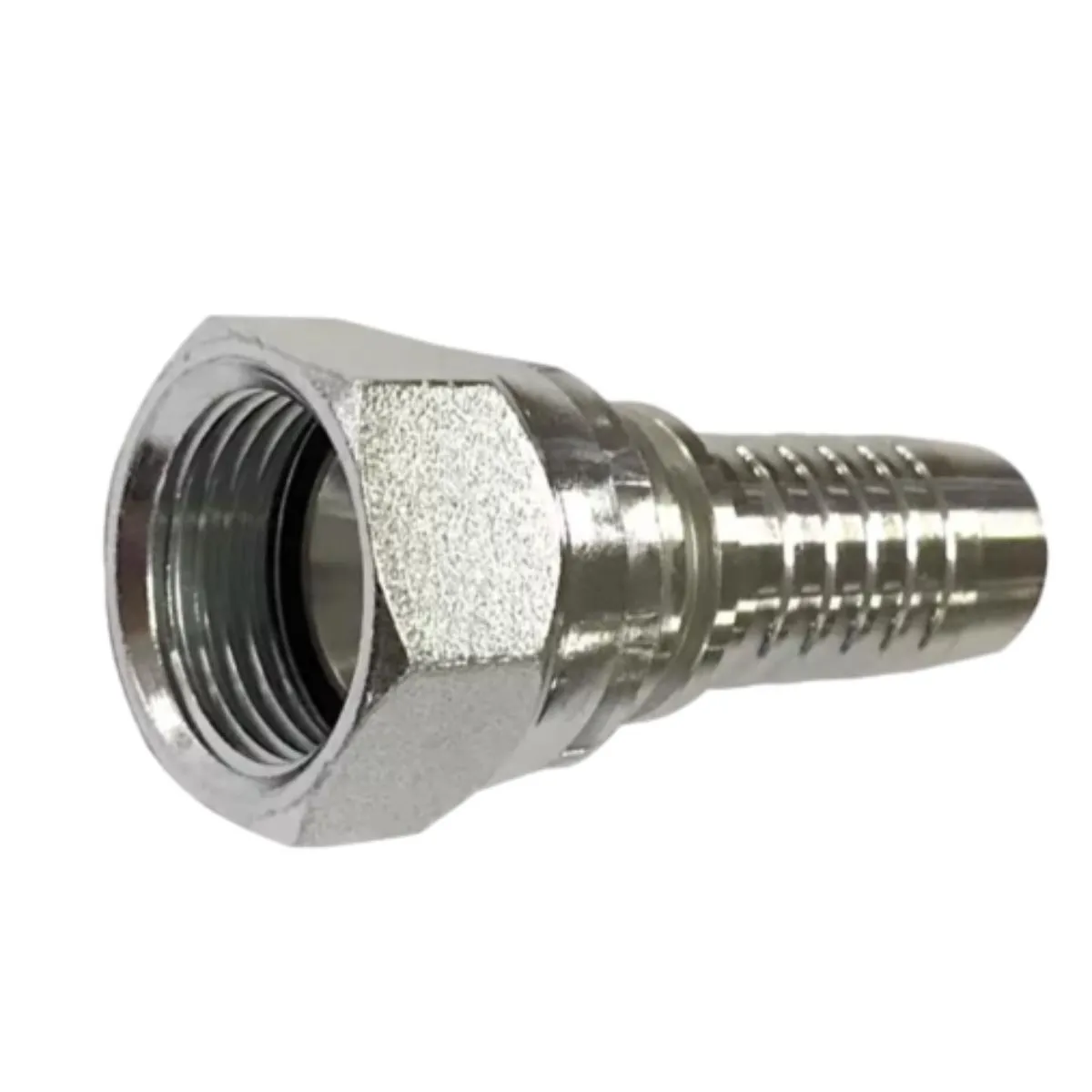Νοέ . 19, 2024 00:51 Back to list
Flexible Hose Crimping Techniques for Optimal Performance and Durability in Industrial Applications
The Importance of Hose Crimping in Fluid Power Systems
Hose crimping is a critical process in the assembly of hydraulic and pneumatic systems. It involves shaping a metal ferrule around a rubber or polymer hose to ensure a tight seal, facilitating efficient fluid transmission. This seemingly simple procedure plays a significant role in the reliability, safety, and performance of machinery across various industries.
What is Hose Crimping?
At its core, hose crimping is about connecting a hose to a fitting via a mechanical compression process. The crimping tool applies pressure to the ferrule (a type of connector) and the hose, resulting in a strong bond that withstands high pressures and dynamic movements. The process can vary based on the type of hose and fittings used, but the end goal remains the same to create a durable, leak-free connection.
Why is Hose Crimping Important?
1. Safety In high-pressure systems, even the smallest leak can lead to catastrophic failures. Crimped hoses help mitigate risks associated with fluid leakage, which can lead to accidents, environmental hazards, or equipment damage. Proper crimping ensures that the hose stays firmly attached, reducing the likelihood of sudden disconnects under pressure.
2. Efficiency A well-crimped hose provides a continuous flow of fluids without interruptions. This is particularly important in industrial settings where machinery relies on consistent fluid delivery for operations. Inadequately crimped hoses can lead to pressure drops, fluid loss, and increased maintenance needs, ultimately reducing overall system efficiency.
3. Durability The materials used in hose manufacturing are designed to withstand extreme conditions, but the connection between the hose and the fitting must also be robust. Crimping creates a mechanical bond that is often more durable than other methods of attachment, such as clamps or adhesive connections. High-quality crimping can extend the life of hoses, making them a cost-effective choice over time.
4. Customization With a range of hose diameters and materials available, crimping allows for a highly customizable assembly. This flexibility is crucial in industries where specific sizes and configurations are necessary to meet unique application requirements. Crimping also enables quick alterations to assembly lines, facilitating rapid adjustments to production needs.
hose crimp

The Crimping Process
The hose crimping process starts with selecting the right hose and fitting combination, based on the intended application. Once the components are identified, the following steps are typically followed
1. Preparation The hose ends are cut cleanly to ensure a proper fit. The interior is sometimes skived (a process of removing a thin layer of material) to facilitate a better connection.
2. Fitting Insertion The fitting is inserted into the hose until it reaches the appropriate depth.
3. Crimping Using a hydraulic or manual crimping machine, the ferrule is then applied to the assembly. The crimping tool compresses the ferrule uniformly around the hose, forming a secure bond.
4. Quality Control After crimping, the assembly is often tested for integrity. Techniques such as pressure testing can be employed to ensure that the connection is leak-proof.
Conclusion
Hose crimping is more than just a mechanical task; it is an essential process that enhances safety, efficiency, and durability in fluid conveyance systems. As industries continue to advance and new technologies emerge, the need for reliable hose connections will only grow. Investing in high-quality hose crimping practices not only ensures operational success but also safeguards against potential system failures that could have significant repercussions. In an era where operational uptime and safety are paramount, understanding the importance of hose crimping becomes crucial for anyone involved in fluid power systems.
-
The Power of Iron Wire: A Versatile Solution for Multiple Applications
NewsJun.19,2025
-
Reliable Hydraulic Fittings for Optimal Performance
NewsJun.19,2025
-
Quality Roofing Nails for Every Project
NewsJun.19,2025
-
Hexagonal Wire Mesh: Versatile and Durable Solutions for Every Project
NewsJun.19,2025
-
Enhancing Security with Barbed Wire Solutions
NewsJun.19,2025
-
Binding Wire: The Essential Material for a Variety of Applications
NewsJun.19,2025









